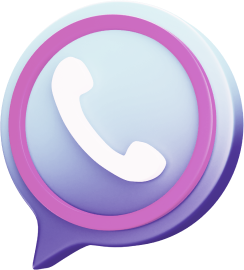- Employees have more choices in today’s marketplace, and they know it. Competition is fierce, so enhancing the employee experience is more critical than ever to attract and retain the right talent.
- Employees’ expectations of their work experiences are evolving.
- Organizations have few formalized efforts to address employee experience, and where they exist, efforts are siloed or lack resourcing to address the end-to-end experience.
- Employee experience isn’t limited to areas where HR has direct control.
Need Extra Help?
Speak With An Analyst.
- Get on-demand project support
- Get advice, coaching, and insight at key project milestones
- Go through a Guided Implementation to help you get through your project

Our Advice
Critical Insight
In the past, organizations have focused on their own priorities as an employer, but that pendulum has swung toward a more balanced approach. The sweet spot is where employee needs and organizational strategy meet.
Impact and Result
- Start with the employee lifecycle and identify moments that matter – where the employee and employer needs are most aligned.
- Use a design thinking approach to engage employees in the process of designing a best-fit solution for a positive employee experience. Improve attraction, retention, engagement, and productivity.
- An employee experience design can be a big change, so get
comfortable with being uncomfortable. Leverage employee feedback and be
prepared to iterate to find the best possible solution.
 Develop an Engagement Program Strategy
Develop an Engagement Program Strategy
 Analyze and Act on Employee Engagement Data
Analyze and Act on Employee Engagement Data
 Develop an Employee Listening Strategy
Develop an Employee Listening Strategy
 New Hire Survey Guide
New Hire Survey Guide
 Flow State: A Gateway to Engagement, Performance, and Productivity
Flow State: A Gateway to Engagement, Performance, and Productivity
 Exit Survey Guide
Exit Survey Guide
 Employee Experience Monitor Survey Guide
Employee Experience Monitor Survey Guide
 Enable Senior Leaders to Drive Employee Engagement
Enable Senior Leaders to Drive Employee Engagement
 Design the Employee Experience
Design the Employee Experience
 Shape the Frontline Employee Experience
Shape the Frontline Employee Experience
 Catalyze Cross-Functional Collaboration
Catalyze Cross-Functional Collaboration
 Employee Engagement Trends Report 2023
Employee Engagement Trends Report 2023
 Employee Engagement Trends Report 2024
Employee Engagement Trends Report 2024
 Employee Engagement Trends Report 2025
Employee Engagement Trends Report 2025